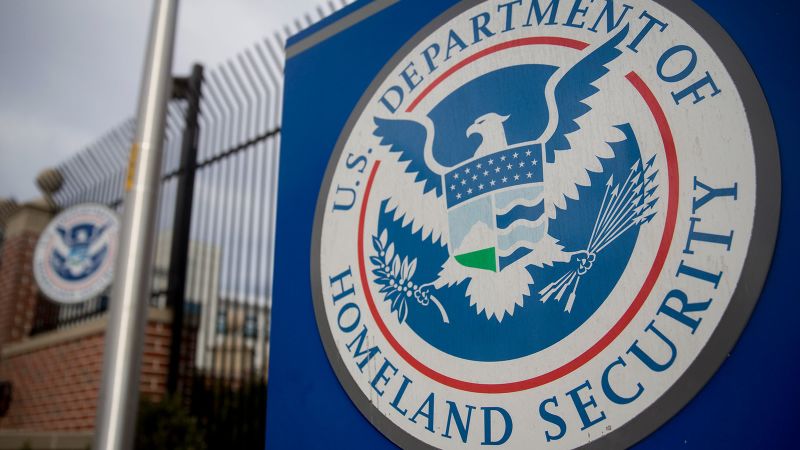
The Department of Homeland Security (DHS) is set to significantly reduce its workforce at the Office of Intelligence and Analysis (I&A), cutting nearly 75% of its staff. This move comes at a time when intelligence officials have reported an elevated threat environment. An official familiar with the plans revealed that approximately 750 positions will be eliminated, leaving around 275 employees to continue the office’s critical mission of threat intelligence dissemination.
The planned downsizing, announced in a DHS statement on Thursday, is part of a broader initiative to eliminate what the department describes as “redundant roles” and “non-critical programs.” The decision has prompted concerns among Democratic lawmakers, who have urged a reconsideration of the cuts, citing potential security risks.
Background and Justification
The Office of Intelligence and Analysis was established in the aftermath of the September 11, 2001, terrorist attacks, with the primary mission of providing intelligence on threats to the homeland to local and state law enforcement agencies as well as other government officials. Despite the planned reductions, DHS maintains that the remaining staff will be sufficient to fulfill this mission.
“Under President Trump’s leadership, we focused on getting the Department of Homeland Security back to its core mission of prioritizing American safety and enforcing our laws,” the department stated. “DHS component leads have identified redundant positions and non-critical programs within the Office of Intelligence and Analysis.”
Political and Security Implications
In response to the proposed cuts, Democratic lawmakers on the House and Senate committees on homeland security have expressed their concerns. In a letter addressed to Homeland Security Secretary Kristi Noem and Director of National Intelligence Tulsi Gabbard, they implored the officials to reconsider the planned reductions.
“We urge you not to take this drastic and unilateral step and instead to consult with Congress about alternative ways to make I&A as effective and efficient as possible,” the lawmakers wrote. “Radically reducing I&A’s workforce at headquarters or in the field would create dangerous and unnecessary security gaps and could again leave us in the dark about the threats that lie ahead.”
The letter further emphasized the importance of maintaining a robust intelligence workforce, particularly given the current elevated threat environment from terrorists and cartels. Lawmakers argue that the focus should be on addressing existing security gaps rather than creating new ones through workforce reductions.
Future of DHS Staffing
The planned cuts at the Office of Intelligence and Analysis may not be the last under the Trump administration. The DHS has indicated that it is actively reviewing other positions and programs within the department to identify additional areas for potential reductions.
“The Department is actively working to identify other wasteful positions and programs that do not align with DHS’s mission to prioritize American safety and enforce our laws,” the agency stated.
Expert Opinions and Analysis
Experts in national security and intelligence have weighed in on the potential impact of the staffing cuts. Some argue that while streamlining operations can lead to greater efficiency, it is crucial to ensure that critical capabilities are not compromised. Others caution that significant reductions in intelligence personnel could hinder the department’s ability to respond effectively to emerging threats.
According to John Cohen, a former DHS undersecretary for intelligence, “The challenge is finding the right balance between efficiency and capability. Reducing staff without a clear understanding of the potential impact on threat detection and response could be risky.”
Meanwhile, some analysts point out that the move reflects a broader trend within government agencies to optimize resources and eliminate redundancies. However, they stress the importance of maintaining a vigilant and well-equipped intelligence apparatus, especially in a complex global threat landscape.
Conclusion and Next Steps
As the DHS proceeds with its plans to reduce staffing at the Office of Intelligence and Analysis, the debate over the potential security implications continues. Lawmakers and security experts alike will be closely monitoring the situation, advocating for measures that ensure the department remains capable of fulfilling its critical mission.
Looking ahead, the DHS’s approach to workforce management and its impact on national security will likely remain a topic of scrutiny and discussion, particularly as the threat landscape evolves.






